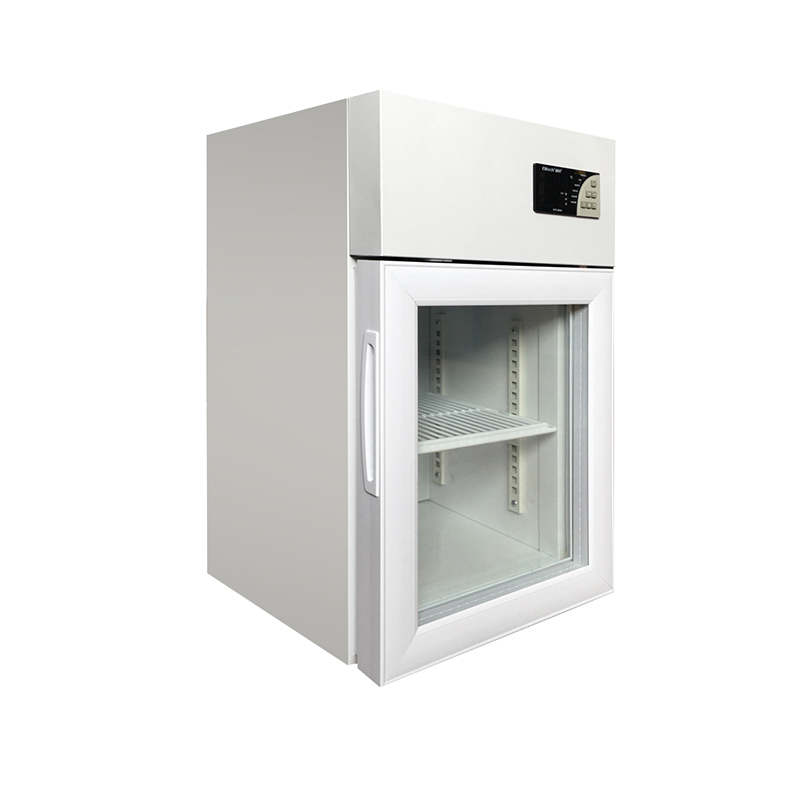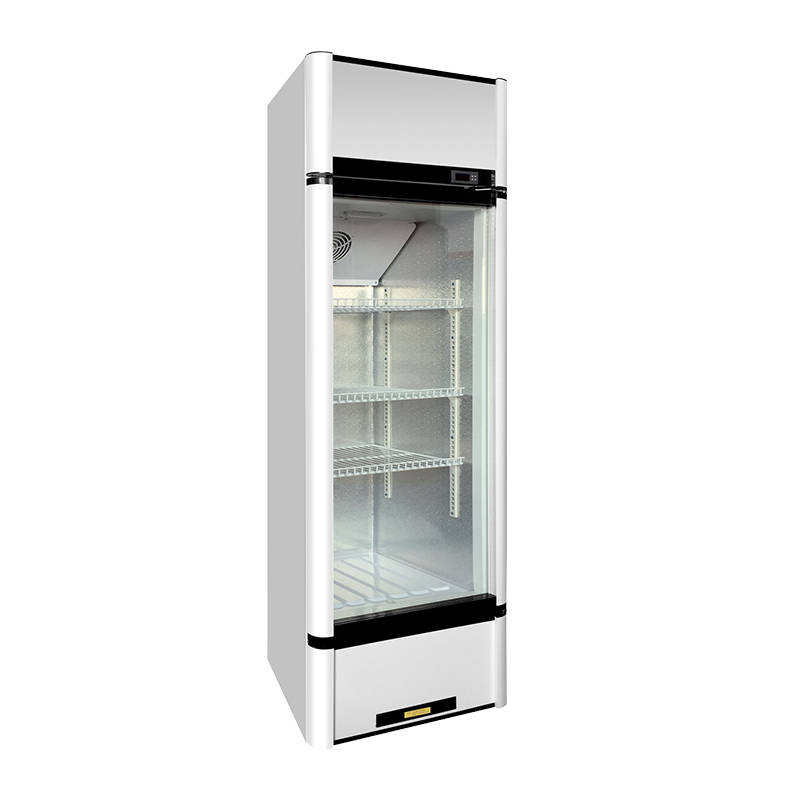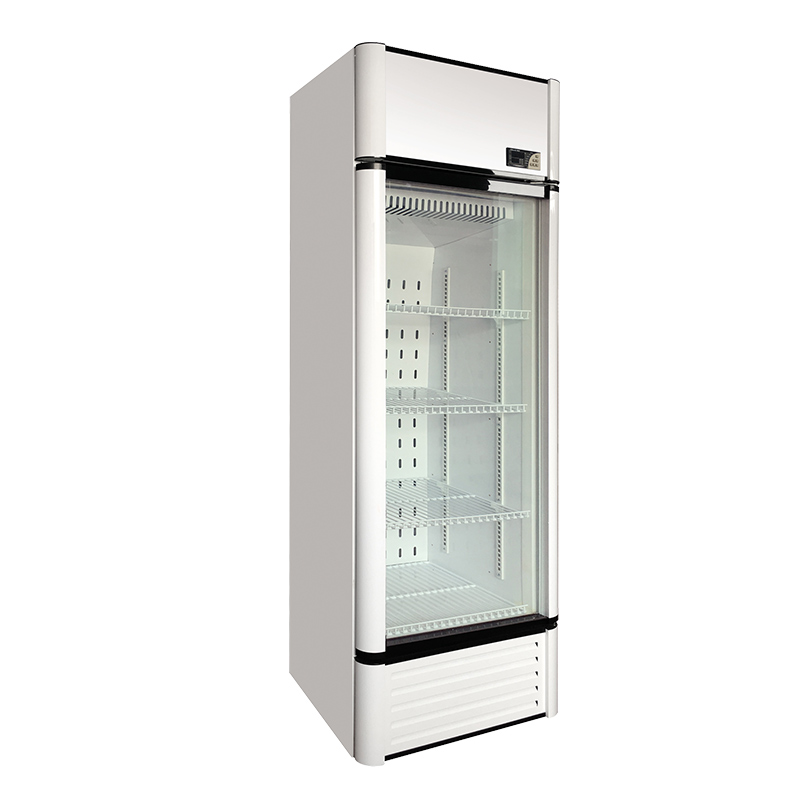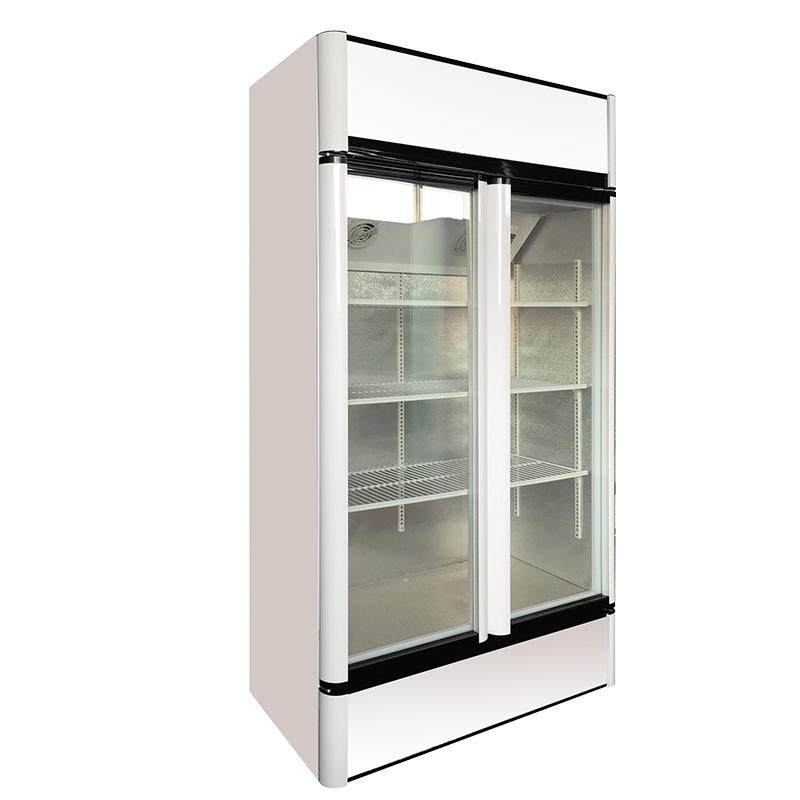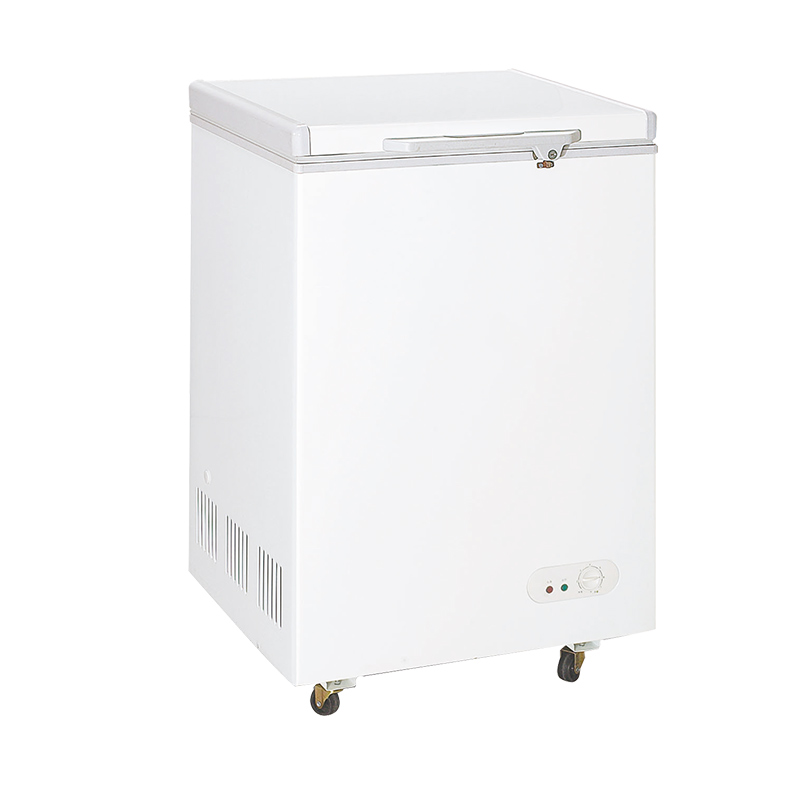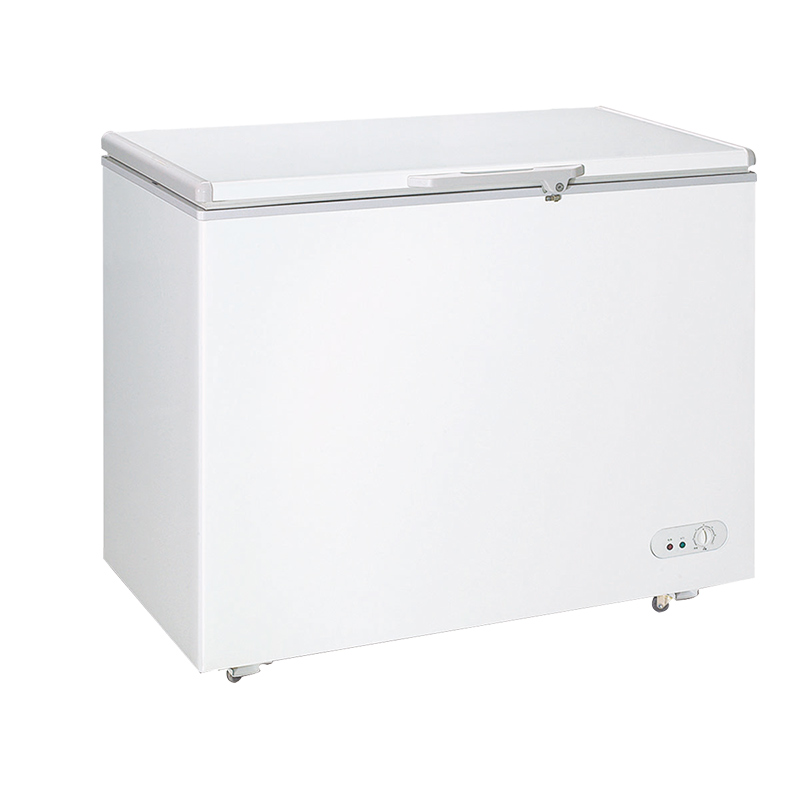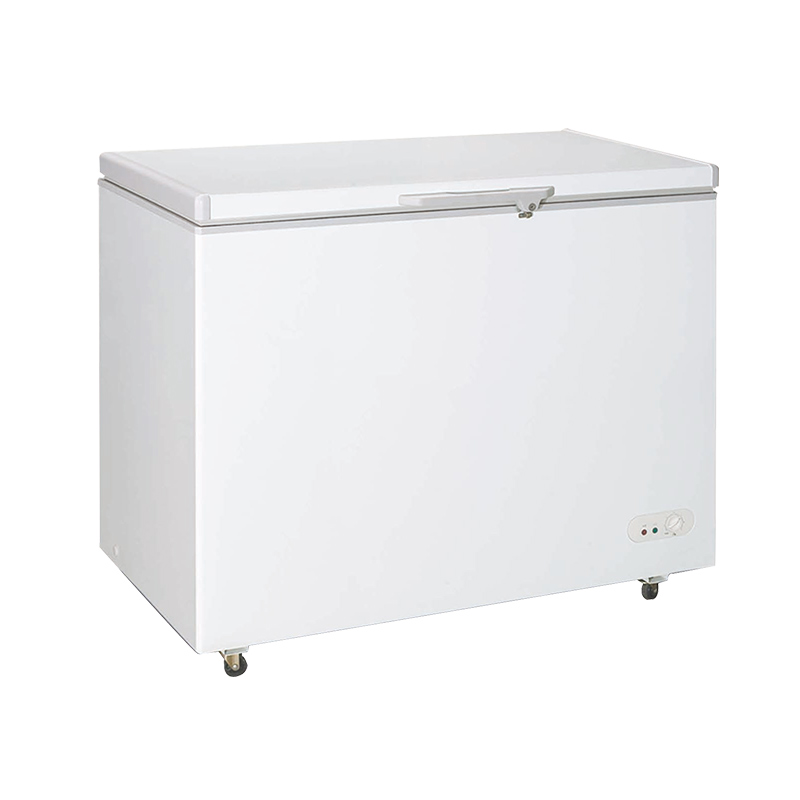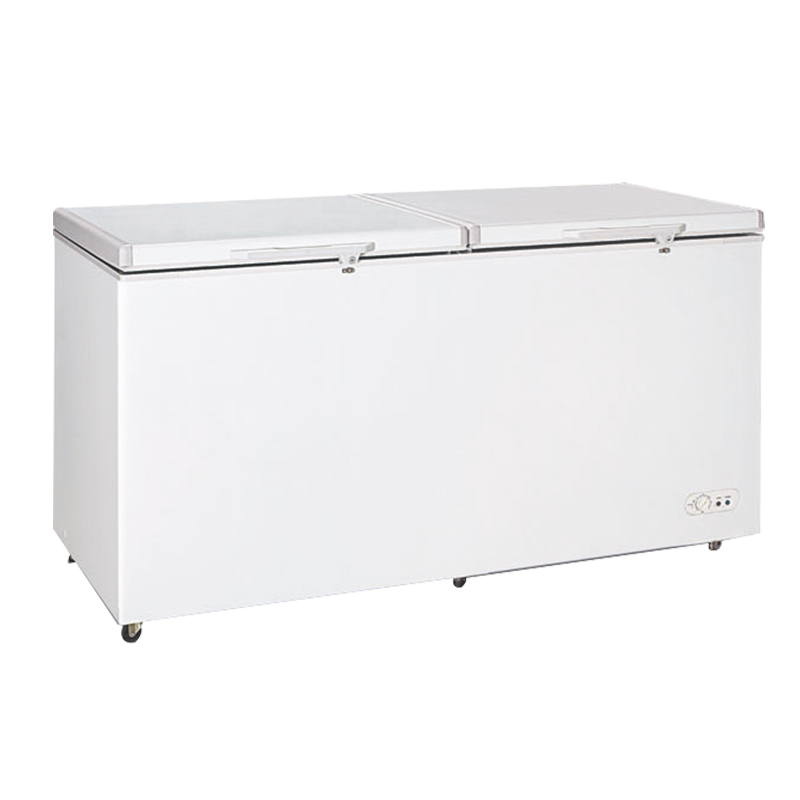The insulation installation process in refrigerator production is a critical step in ensuring the appliance's energy efficiency and temperature regulation. Here's an overview of how insulation is typically installed in refrigerator manufacturing:
Preparation and Workstation Setup:
The insulation installation process typically takes place at a dedicated workstation on the production line.
Workers ensure that they have all the necessary tools, materials, and safety equipment ready.
Pre-cut Insulation Panels:
Insulation material, often in the form of rigid foam panels, is pre-cut into specific shapes and dimensions that match the interior compartments of the refrigerator.
These panels are designed to fit precisely within the refrigerator walls and compartments.
Placement of Panels:
Workers carefully place the pre-cut insulation panels into the corresponding areas of the refrigerator cabinet.
These areas typically include the refrigerator's side walls, back panel, door, and any other compartments that require insulation.
Sealing and Alignment:
Workers ensure that the insulation panels are correctly aligned and snugly fit into place.
Gaskets or seals may be used to seal any gaps between the insulation panels and the refrigerator cabinet to prevent air leakage.
Spray Foam Insulation (optional):
In some cases, particularly for additional insulation or to fill small gaps and crevices, workers may use spray foam insulation.
Spray foam can be applied to seal and insulate hard-to-reach areas effectively.
Quality Control:
Quality control checks are performed to verify that insulation panels are correctly positioned, securely in place, and adequately sealed.
Any defects or issues are addressed promptly to ensure the refrigerator's performance and energy efficiency.
Covering with Interior Liners:
Once the insulation is in place, interior liners, which are typically made of plastic or other suitable materials, are installed over the insulation.
These liners create the inner surface of the refrigerator's compartments and provide a finished appearance.
Adhesive or Fasteners:
In some cases, adhesive or fasteners may be used to secure the interior liners in place, ensuring they remain firmly attached to the insulation.
Final Inspection:
A final inspection is conducted to ensure that the insulation and interior liners are correctly installed, and there are no visible defects.
Refrigeration System Integration:
After insulation installation, the refrigerator's refrigeration system components, such as the evaporator, condenser, and compressor, are integrated into the appliance.
Testing and Quality Assurance:
The completed refrigerator undergoes testing to ensure that it meets performance, energy efficiency, and safety standards.
This testing may include temperature control tests, electrical checks, and energy consumption assessments.
Packaging and Shipping:
Once the refrigerator passes all quality checks, it is prepared for packaging and shipping to distribution centers and retailers.
The insulation installation process is crucial for maintaining the desired temperature inside the refrigerator and ensuring its energy efficiency. Properly installed insulation helps keep the cold air inside and the warm air outside, contributing to the refrigerator's overall performance. Additionally, it plays a vital role in complying with energy efficiency standards and regulations.


 English
English عربى
عربى